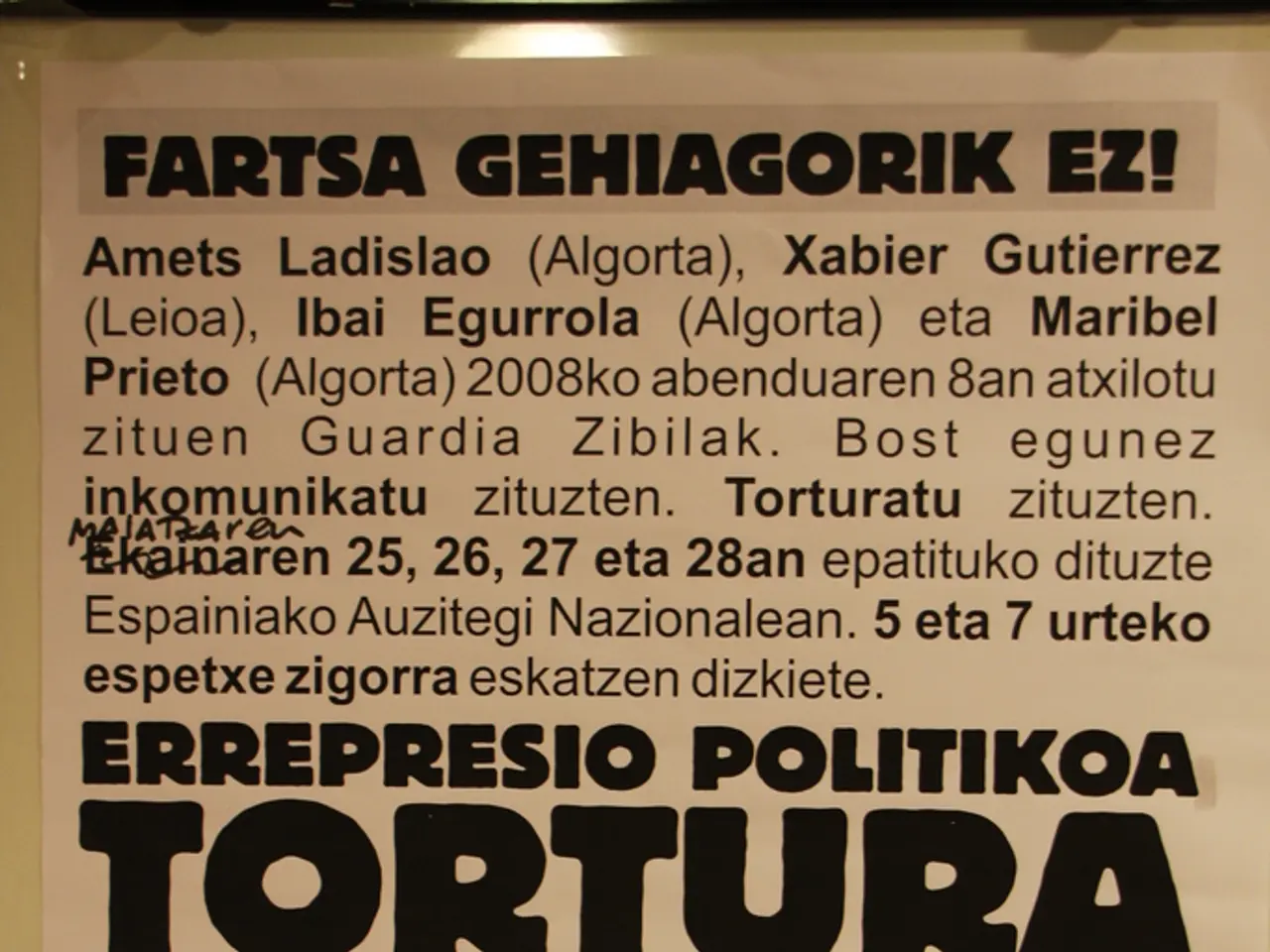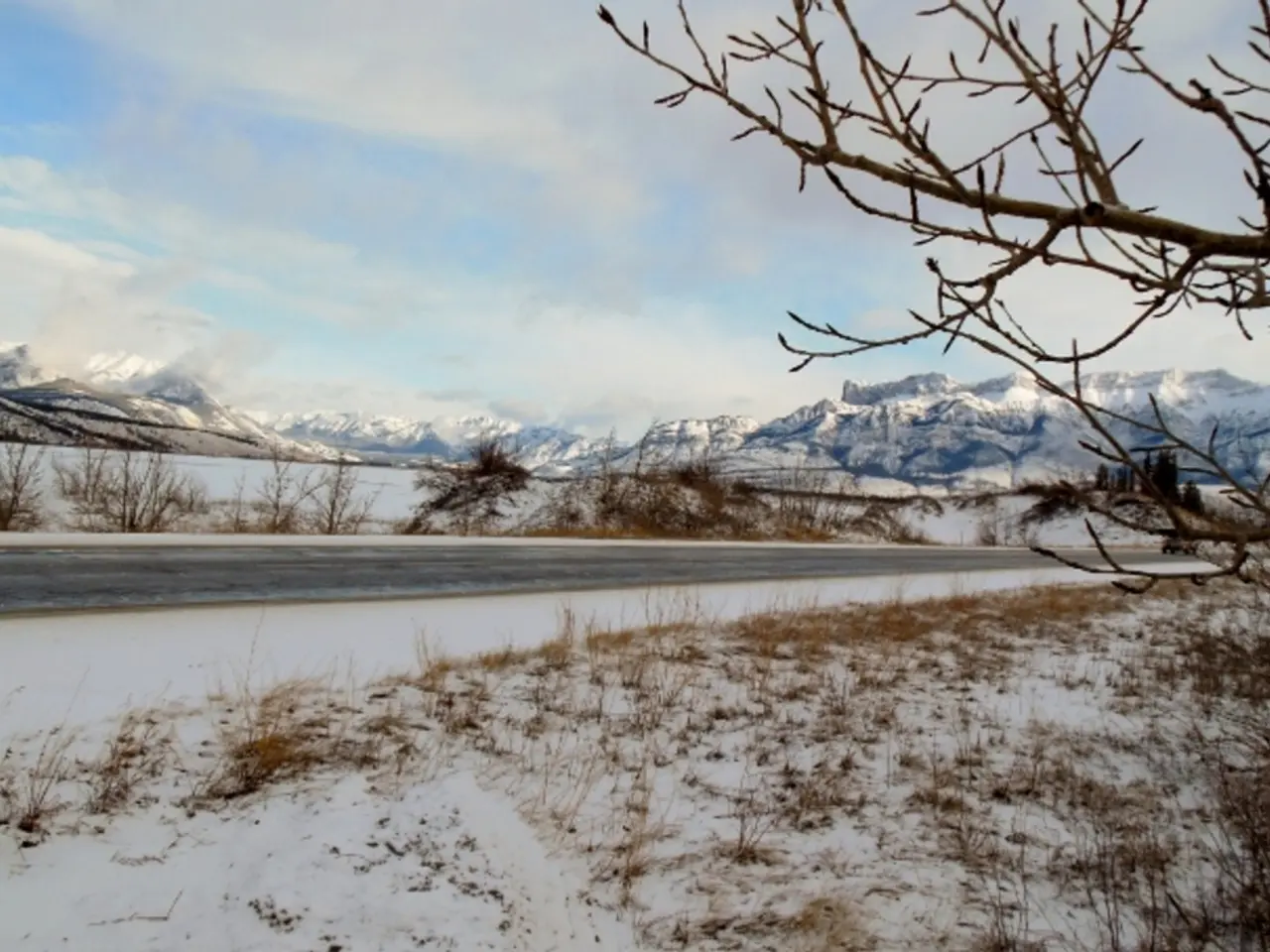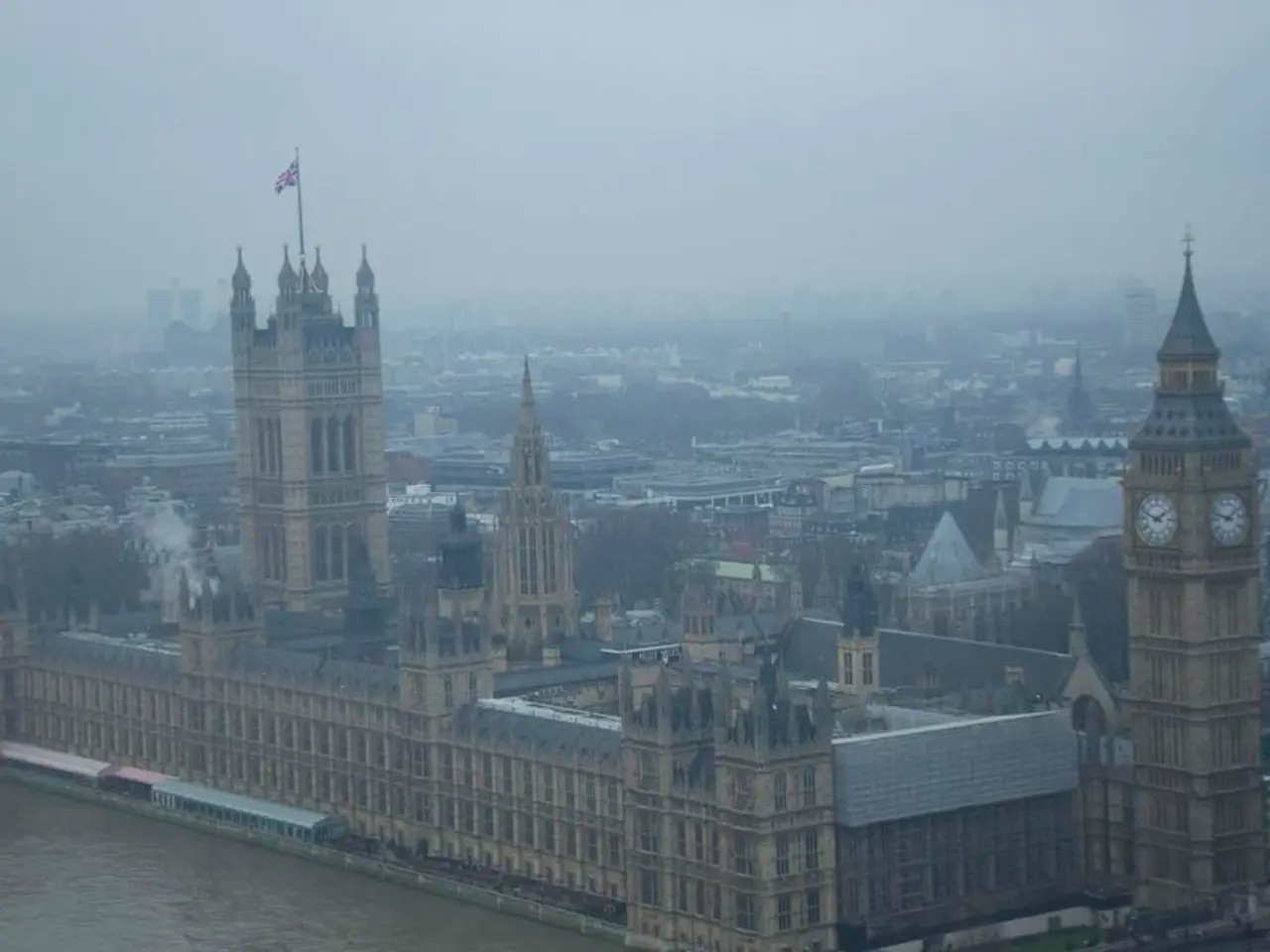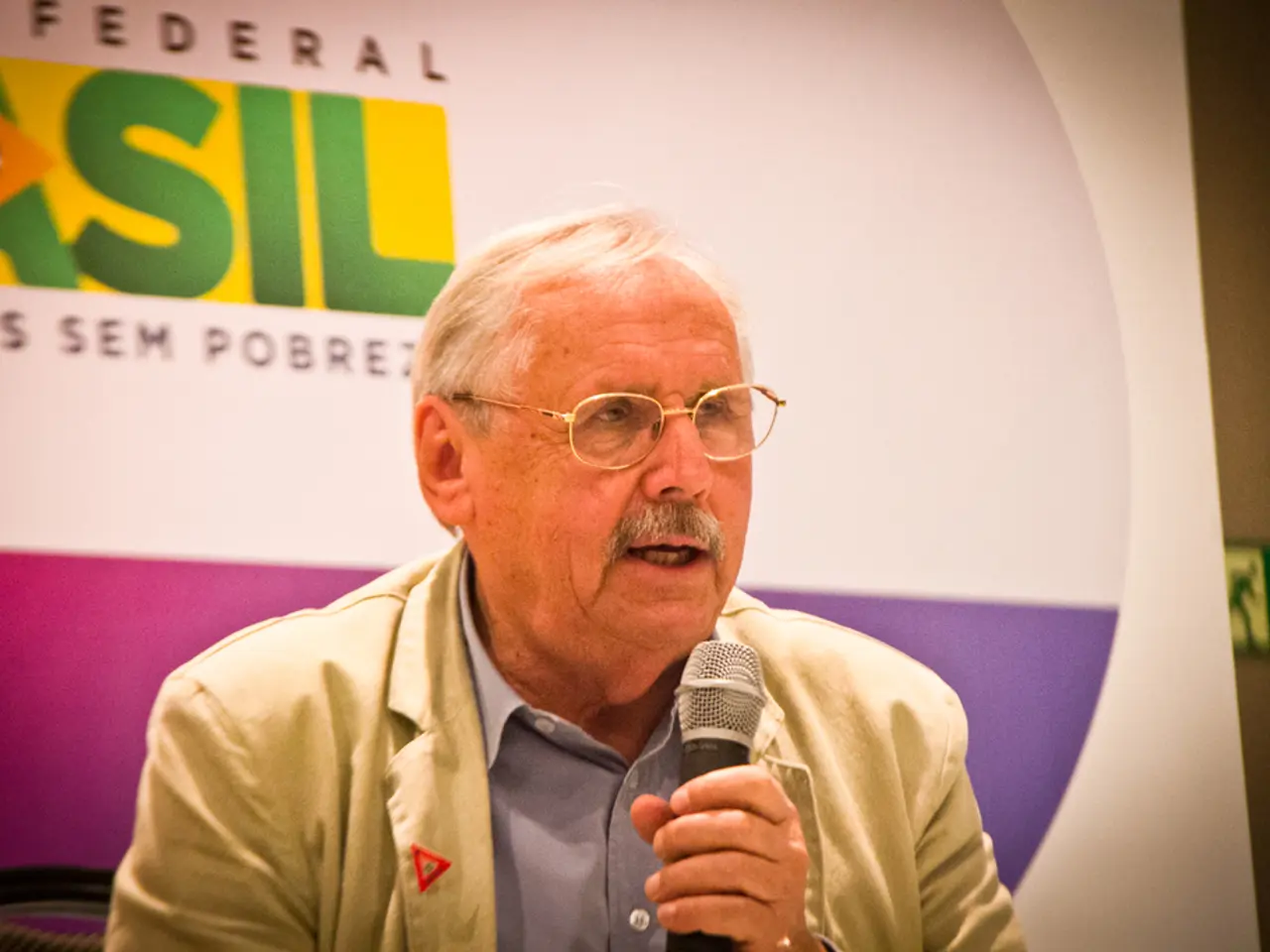Fire in proximity to a popular Spanish vacation spot has been contained
Spain is currently grappling with a severe heatwave, with temperatures in many regions nearing 40°Celsius. This scorching weather has contributed to a historic wildfire season, with multiple active fires across the country, including one near the southern Spanish tourist town of Tarifa.
To address this crisis, the Spanish government has activated multiple wildfire prevention and emergency response measures. One of the key steps taken is declaring a pre-emergency phase, which reinforces and coordinates firefighting resources at the national and regional levels. This measure facilitates communication and deployment of personnel and equipment where needed.
The Ministry of the Interior and Civil Protection authorities have set up coordination committees involving meteorological agencies, ecological transition departments, and defense to monitor fire outbreaks actively and anticipate risk escalation. Approximately 1,000 personnel from the Military Emergency Unit (UME) are deployed across multiple affected regions, including Andalusia, to support firefighting operations with both aerial and ground resources.
Strict restrictions on forest access and activities prone to sparking fires are enforced. This includes prohibiting fireworks, machinery use, and open burning, especially in high-risk zones during the heatwave. The regional fire management plan Infoca coordinates extinguishing operations focusing on protecting populated areas and establishing firebreak lines to contain flames.
Preventative strategies emphasize clearing combustible forest floor debris, maintaining firebreaks devoid of vegetation, and restoring fire-adapted natural forest species, though the latter is more long term. These actions are adapted to a worsening climate marked by extreme heat, drought, and strong winds.
Near Tarifa, the nationwide and regional protocols described apply, with a focus on rapid mobilization, firebreak establishment, and community protection efforts. More than 1,500 people were evacuated due to the wildfire, including residents and tourists from campsites, hotels, and homes. The wildfire started in a camper van at a campsite and was wind-driven. It broke out on Tuesday in La Peaa, a wooded area near a beach, and quickly spread due to gusty conditions. However, the fire was declared "stabilized" on Wednesday, allowing residents and tourists to return.
The extreme heat is expected to last until at least Wednesday. Despite the challenges, Spain continues to fight the wildfires, with firefighting crews remaining in the area in the coming days to secure the perimeter and prevent flare-ups.
- The Spanish government has activated a regional fire management plan, Infoca, to address the wildfire crisis, focusing on protecting populated areas and establishing firebreak lines to contain flames.
- In response to the scorching weather and climate change contributing to wildfires, the Spanish Ministry of the Interior and Civil Protection authorities have established coordination committees involving meteorological agencies, ecological transition departments, and defense to monitor fire outbreaks and anticipate risk escalation.
- Preventative strategies for wildfires in Spain emphasize clearing combustible forest floor debris, maintaining firebreaks devoid of vegetation, and restoring fire-adapted natural forest species, as these actions are adapted to a worsening climate marked by extreme heat, drought, and strong winds.
- In the effort to combat climate-change-induced wildfires, approximately 1,000 personnel from the Military Emergency Unit (UME) are deployed across multiple affected regions, including Andalusia, to support firefighting operations with both aerial and ground resources.







